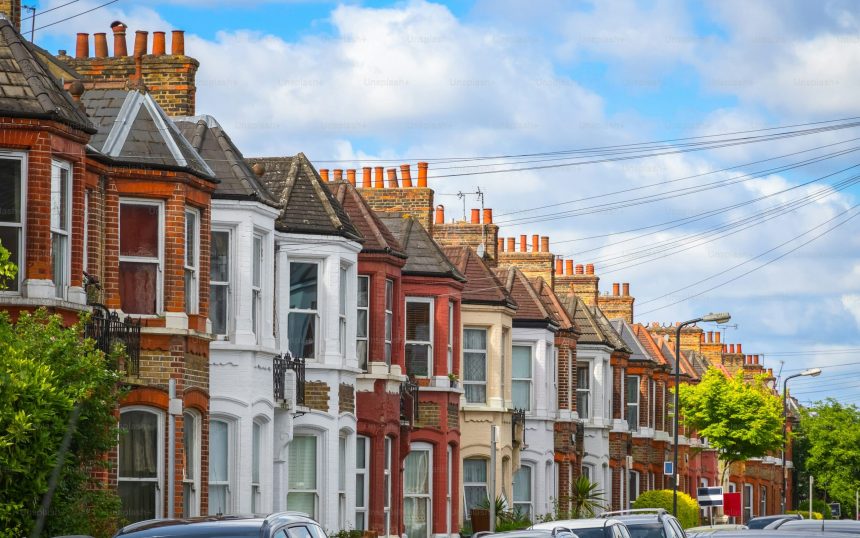Why is Cavity Wall Insulation Still so Effective?


When it comes to making homes warmer, more efficient, and cheaper to run, cavity wall insulation (CWI) remains one of the most effective solutions available. Despite the growing focus on new technologies like solar panels and heat pumps, insulating your walls is still one of the simplest and most cost-effective ways to cut energy bills and reduce carbon emissions. But why does this measure—introduced decades ago—still play such a crucial role in modern energy efficiency?
Many UK homes built after the 1920s were constructed with cavity walls, meaning there are two layers of brickwork with a small gap (the cavity) between them. Without insulation, this cavity allows heat to escape easily, leading to higher heating costs and colder rooms in winter.
Cavity wall insulation works by filling this gap with insulating material (often mineral wool, polystyrene beads, or foam), which slows down the movement of heat through the walls. The result? Your home stays warmer for longer, and your heating system doesn’t need to work as hard.
Insulation is also the perfect foundation for other energy improvements. Adding solar panels or a heat pump is much more effective if your property is already insulated, as less energy is wasted. That’s why cavity wall insulation often comes first in energy efficiency planning.
Cavity wall insulation does much more than keep your home warm—it has a direct impact on your Energy Performance Certificate (EPC) rating, which is becoming increasingly important for both homeowners and landlords. A higher EPC rating means your property is more energy efficient, which translates to lower energy bills, greater comfort for residents, and an increase in overall property value. For landlords, this is particularly significant: since April 2020, it has been illegal to rent out properties with an EPC rating lower than E (unless an exemption applies). Cavity wall insulation is one of the most straightforward and affordable ways to lift a property above this threshold.
From a financial perspective, insulation is also a long-term investment in marketability. Properties with higher EPC ratings are more attractive to buyers and tenants alike, especially as energy costs remain a top concern across the UK. This makes cavity wall insulation not only a comfort upgrade but also a valuable asset in property management and resale.
On top of this, the UK government’s ECO4 scheme is helping households overcome the financial barriers to energy efficiency. ECO4 is designed to target homes that are most in need of improvements, particularly those with poor EPC ratings (D, E, F, or G) and households on low incomes or qualifying benefits. Through ECO4, cavity wall insulation can often be installed completely free of charge, removing one of the biggest obstacles for property owners. This funding makes it possible to secure lasting savings on energy bills without the upfront costs, which is why ECO4 is such a critical part of the UK’s decarbonisation strategy.
Ultimately, cavity wall insulation represents one of the simplest yet most powerful tools in the wider effort to tackle fuel poverty, carbon emissions, and rising energy costs. By improving insulation now, property owners are not only preparing their homes for the future but also aligning with the government’s net-zero targets while boosting their own financial resilience.
While the spotlight often falls on newer renewable technologies, cavity wall insulation remains a cornerstone of energy efficiency. It’s cost-effective, long-lasting, and provides the foundation for a warmer, greener, and more affordable home.
If you’re looking to cut energy costs, boost your EPC rating, and prepare your property for the future, cavity wall insulation is still one of the smartest first steps you can take.
